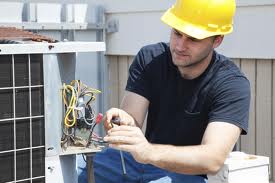When most people think of metals being processed through heat treatment, they assume the air itself is relatively non-reactive. However, air contains a number of elements that can be highly reactive at the molecular level, particularly with metals and alloys. Under the ideal conditions, which includes the presence of high heat, this reaction to hydrogen, oxygen and carbon dioxide can produce significant oxidation on the surface of the part or components.
The heat treating processes in an open type of oven allow full access for the air to come in contact with the metal during the application and maintenance of the heat. This can result in faster rates of oxidation as well as other changes to the surface layer of the part or component which may result in faster surface wear and less resistance to damage.
The Use of a Vacuum
By using vacuum heat treatment services, these issues can be avoided. Creating a vacuum removes the air from the chamber, allowing the heating process to occur absent of the issue of typical atmospheric amounts of oxygen, hydrogen and carbon dioxide. The vacuum is created through a pump system and can be used on small or large volume processing with high levels of efficiency.
The result of eliminating air through vacuum heat treatment services is a stronger, more durable surface on the parts and components. This also allows for the internal stress relief within the metal. Additionally, the superior surface of the part or component means a longer lasting, more durable and corrosion-resistant surface throughout the life of the part.
With new technology, vacuum heat treatment services can be done quickly and effectively. This results in a superior product for a lower price, both factors which are important for OEMs of all sizes to consider.


